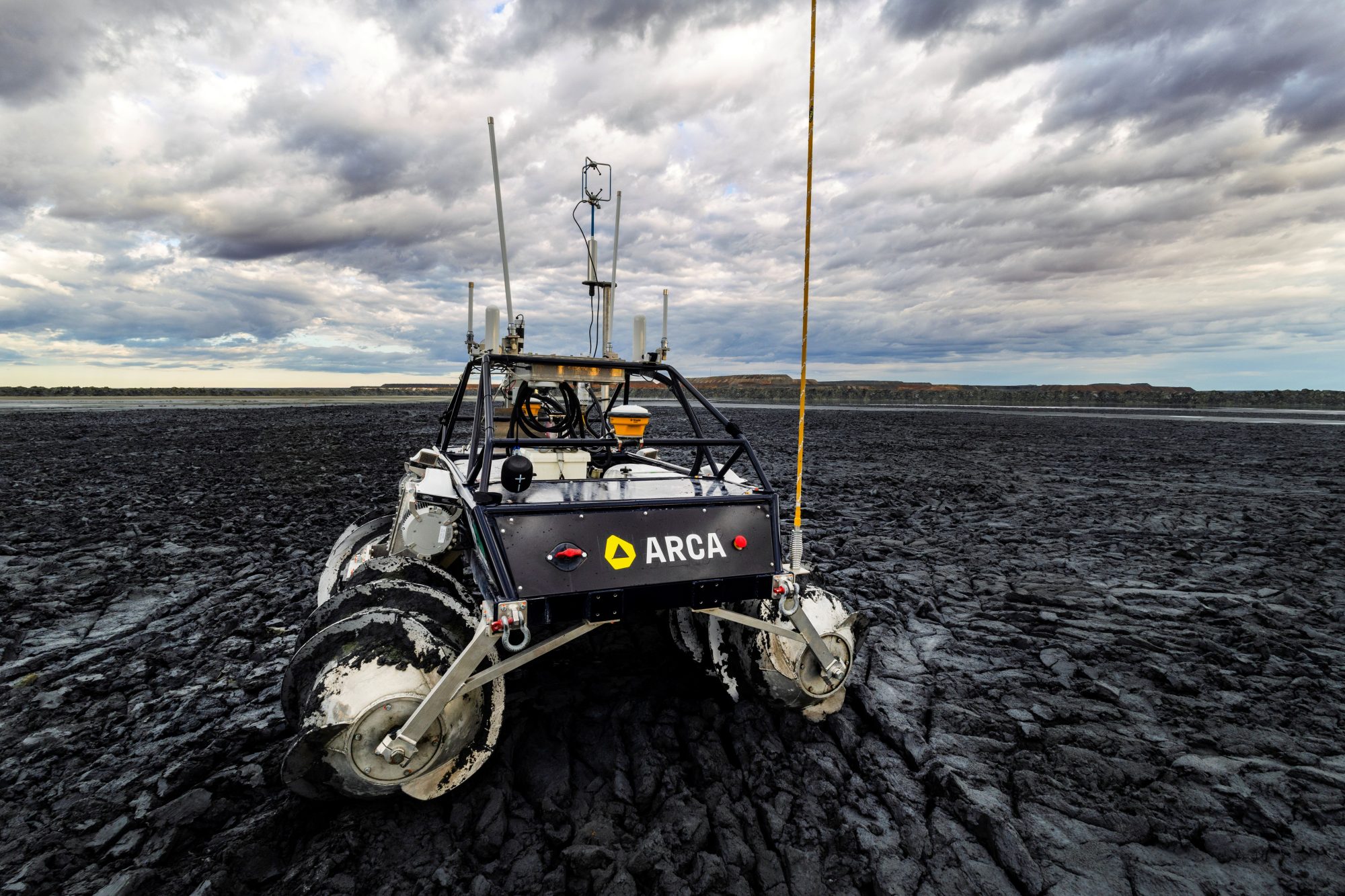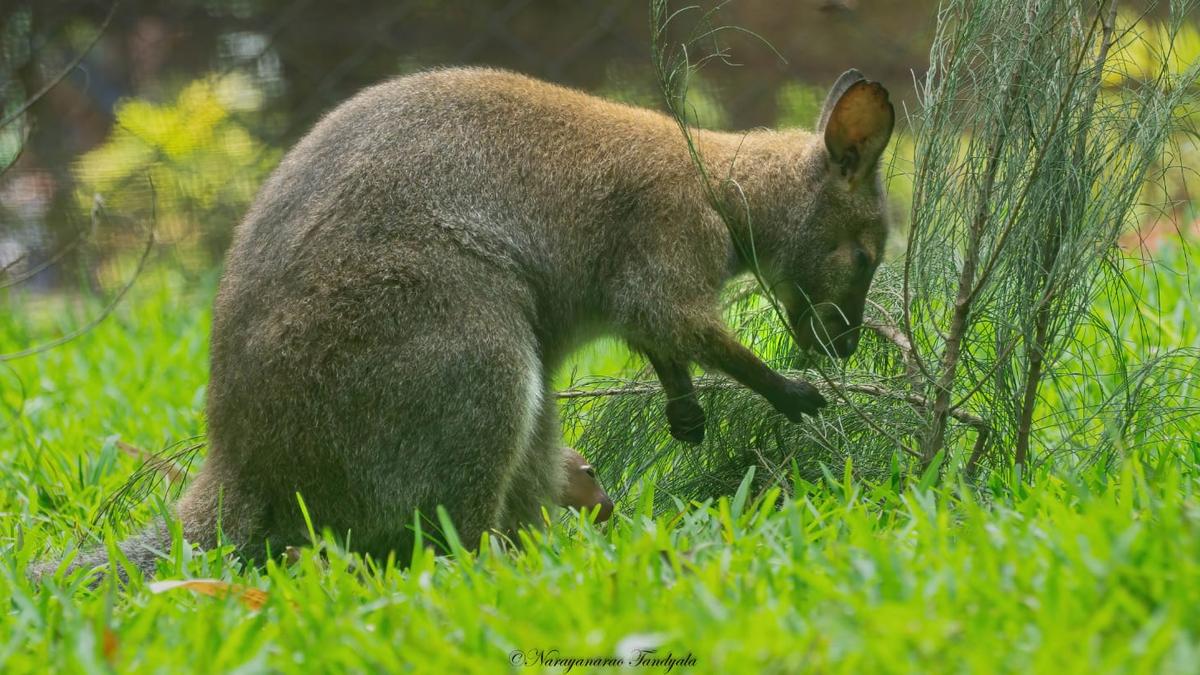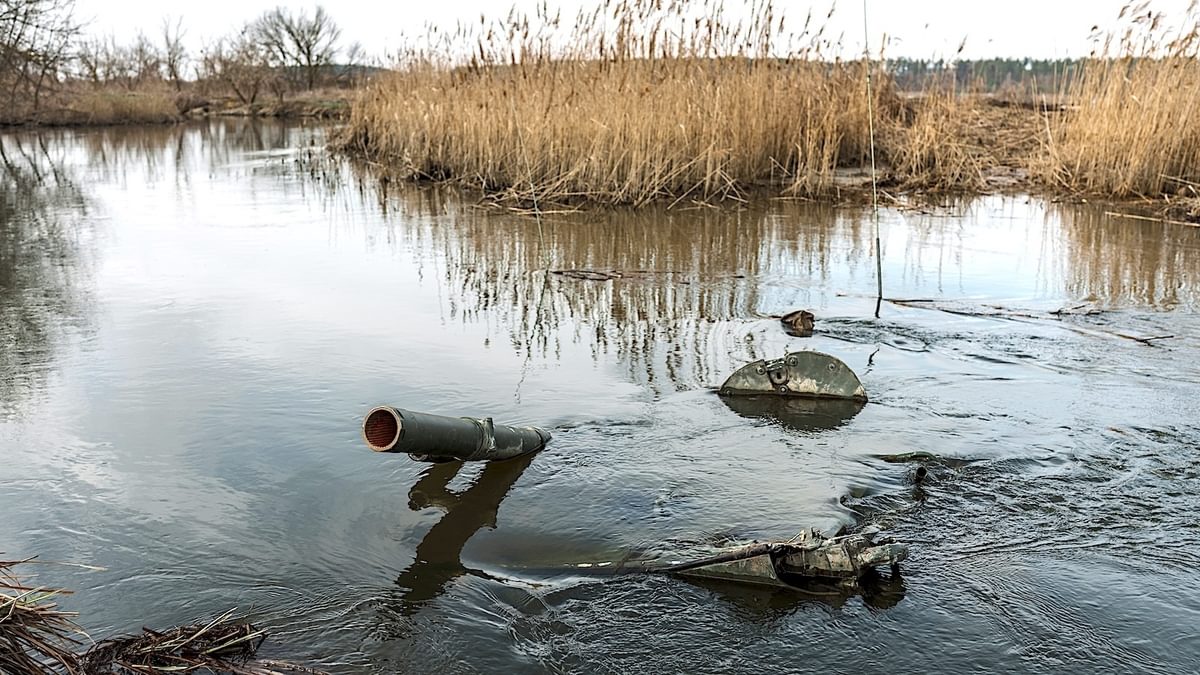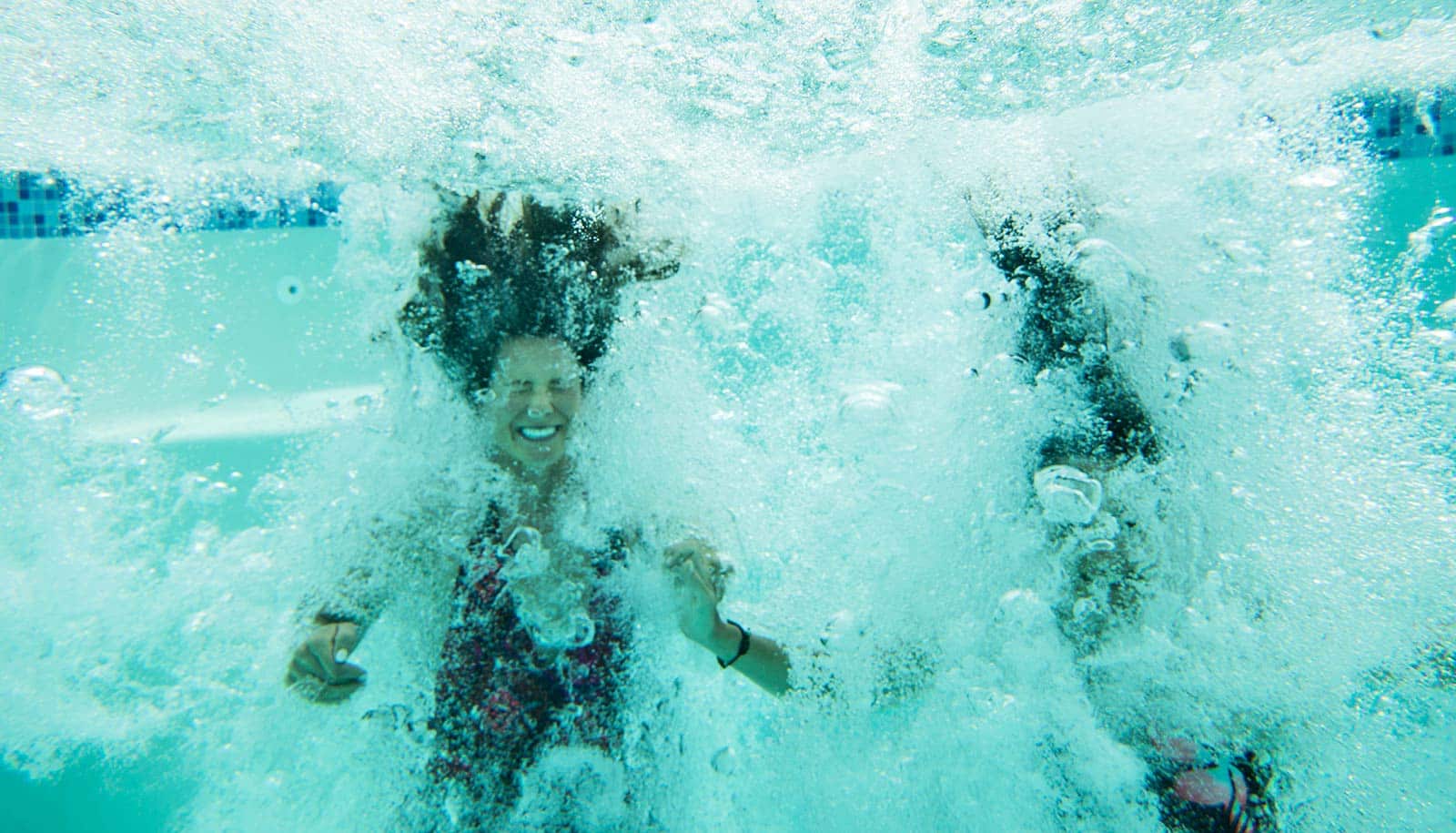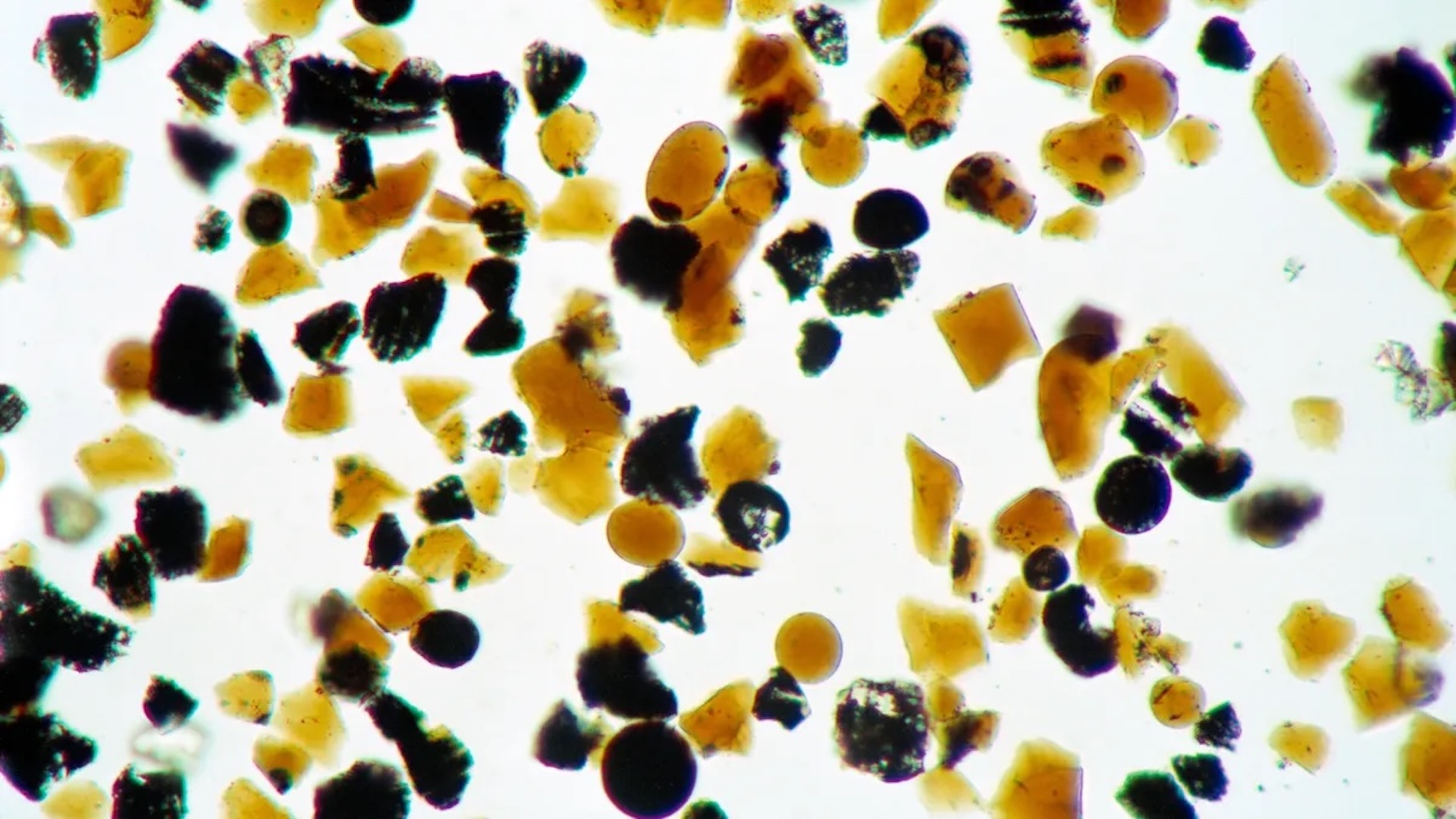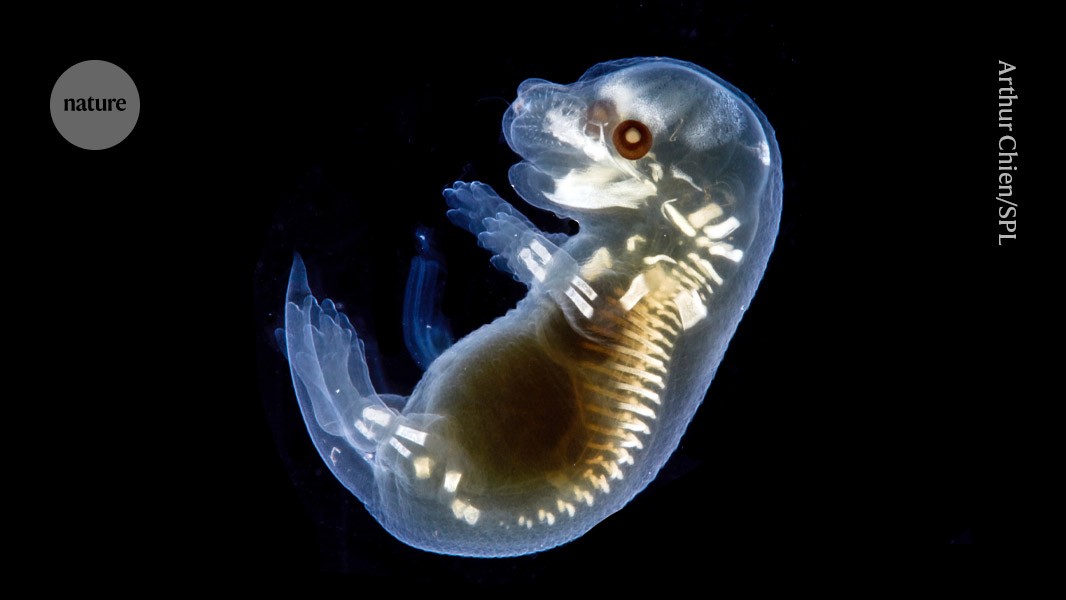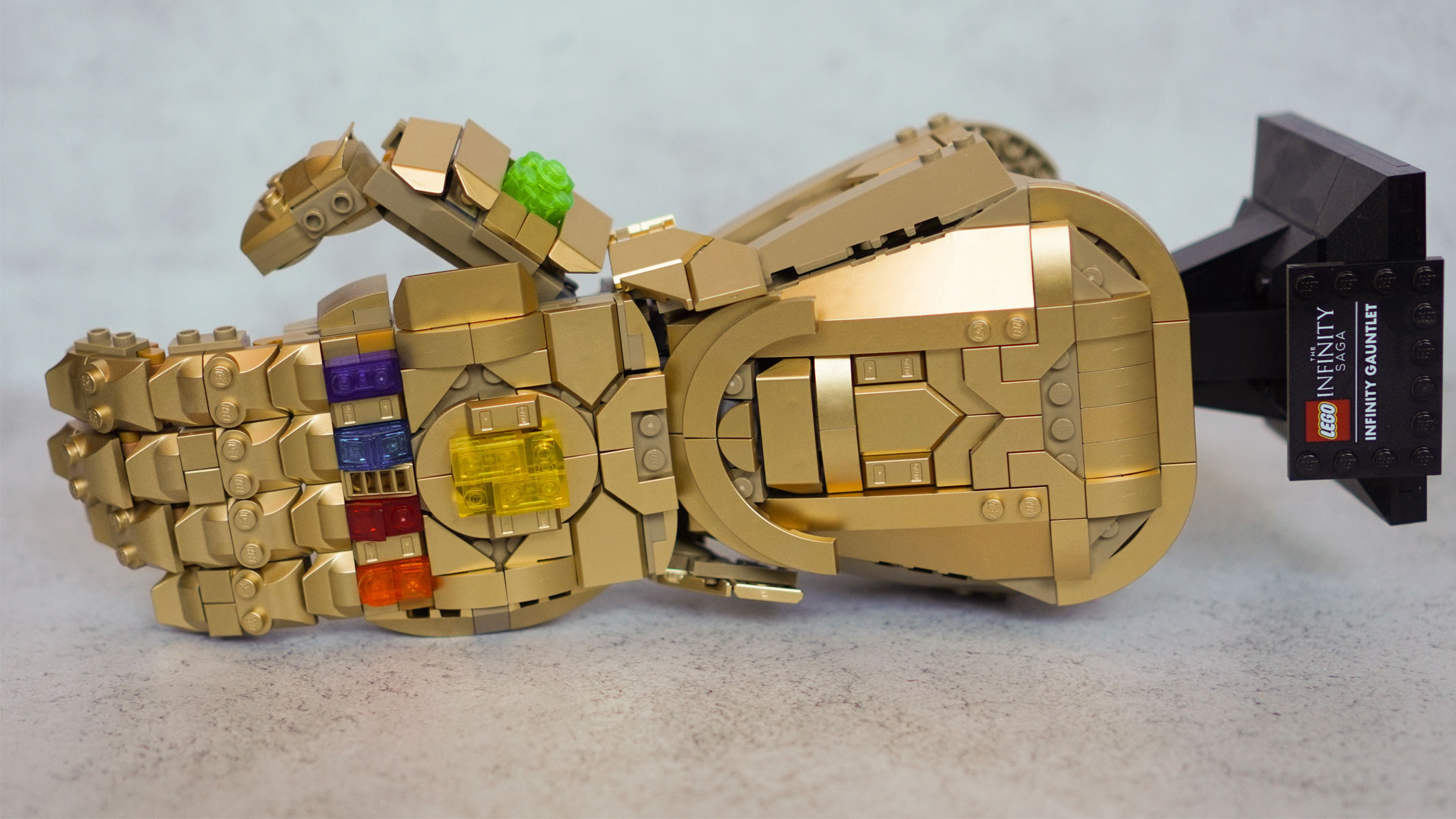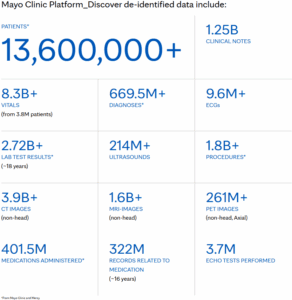Young hammerhead sharks love Biscayne Bay. Leave them alone, humans.
The estuary in southern Florida is a nursery and refuge for this critically endangered species. The post Young hammerhead sharks love Biscayne Bay. Leave them alone, humans. appeared first on Popular Science.

Juvenile critically endangered great hammerhead sharks (Sphyrna mokarran) flock to the waters of Biscayne Bay in southern Florida. While humans come for recreational fishing, boating, and snorkeling, the more than 600 animal species come here for the good eats. In particular, the young hammerheads feast on the small inshore stingrays that dot the sand, fish, and smaller sharks. Now, a multi-year study found that these juvenile hammerheads use the resources in the bay as a nursery habitat during their most vulnerable years–and keep coming back. The findings are detailed in a study published June 16 in the journal Ecology and Evolution.
Biscayne Bay is familiar to any visitor to Miami, Florida. The shallow, subtropical estuary is a bevy of biodiversity and clear waters. However, the massive urban development–despite increasing flooding threats due to climate change–and rapid population growth in the Miami metropolitan area has reduced water quality, freshwater inflow, and generally degraded the seascape. For the hundreds of species that depend on the bay, the risks are only increasing.
To look at the great hammerheads specially, the study analyzed the feeding and habitat use patterns of 62 sharks sampled between 2018 and 2025.
[ Related: Osprey drops hammerhead shark onto disc golf field. ]
“Our team employed a research technique called multi-tissue stable isotope analysis to track both short and long-term resource use, allowing us to gain new insights into the species’ dietary habits across different life stages,” John Hlavin, a study co-author and a PhD student at the University of Miami, said in a statement.
Deploying this non-lethal method provides insights into recent and long-term feeding behaviors, and shows how their reliance on Biscayne Bay alters over time. The findings indicate that the sharks are in the bay year-round during their first two years of life, the young sharks rely on the shallow inshore habitats of Biscayne Bay and the prey they can access there. After age two, subadult hammerheads will shift to foraging along coastal reefs.

However, they will seasonally return to Biscayne Bay, from late spring through early summer. Many adult hammerheads also continue to feed on the bay’s resources. According to the team, this indicates that the nearshore habitats are important throughout the great hammerhead’s entire life cycle.
“Juvenile great hammerheads show a constrained diet and habitat use, potentially feeding heavily on small inshore stingrays early in life,” study co-author and University of Miami interdisciplinary environmental scientist Catherine Macdonald said in a statement. “This reliance on a narrow range of prey and habitats makes juvenile great hammerheads particularly vulnerable to human activity and environmental change.”

Great hammerheads are exceptionally sensitive to capture stress, so even recreational catch-and-release fishing can impact the species. The findings point to a need for responsible fishing practices, particularly from March through July when juveniles and subadult hammerheads are swimming in the bay.
“Reducing interactions with these sharks—particularly avoiding catch-and-release fishing in key nursery areas—can dramatically improve survival for this endangered species,” said Hlavin. “If a shark is accidentally caught, the best action is a quick, in-water release, without photographs that delay the release process.”
Additionally, protecting essential nursery habitats like Biscayne Bay are vital to giving great hammerheads a chance in surviving continued environmental degradation, habitat loss, and overfishing.
The post Young hammerhead sharks love Biscayne Bay. Leave them alone, humans. appeared first on Popular Science.


